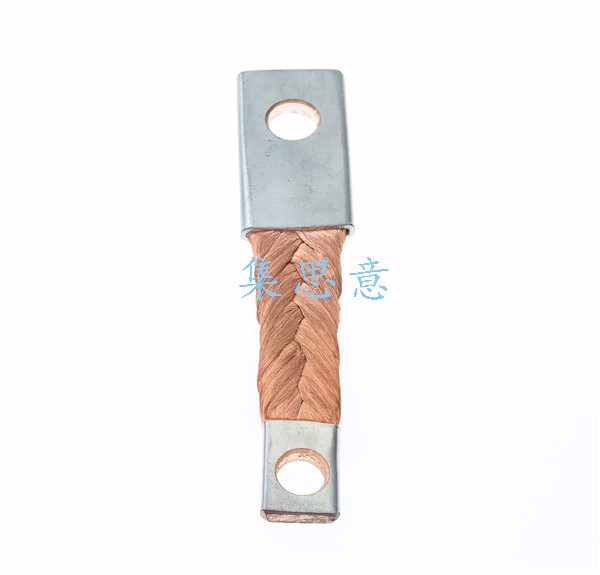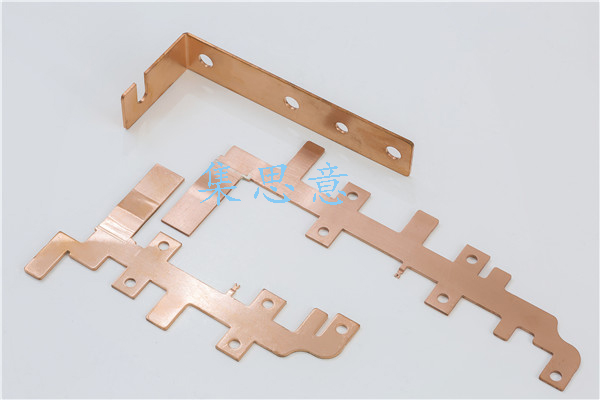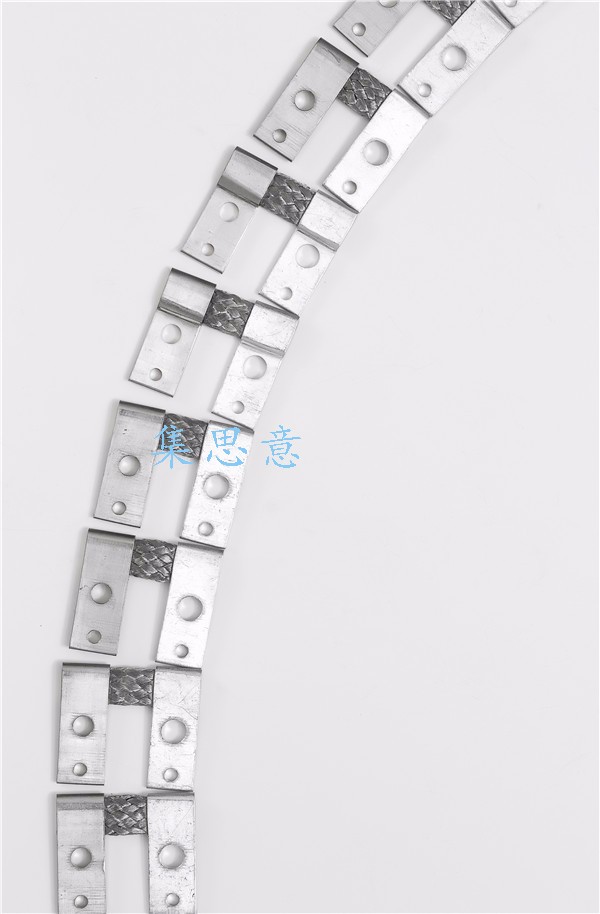1. Basic Weaving Steps (Taking 3-Strand Thread as an Example)
Thread Preparation
Select threads with a certain degree of toughness (such as cotton thread, wool thread, hair, etc.). It is recommended that the three strands of thread have the same thickness. If threads of different materials are used, ensure they have similar elasticity to avoid cross-section deformation caused by different shrinkage rates after weaving. Reserve the length according to needs (the spiral structure consumes more thread, so the length usually needs to be 30%-50% longer than the target length).
Starting and Fixing
Fix one end of the three strands of thread (e.g., clamp it with a clip or tie it to a fixed object). In the initial state, keep the three strands of thread evenly distributed in a "radial" pattern (with an included angle of approximately 120°).
Core of Spiral Weaving
Step 1: Wrap the right thread (A) around the middle thread (B) and place it between the left thread (C) and the middle thread (B). At this point, the middle thread becomes A.
Step 2: Key adjustment – slightly tighten the left thread (C), keep the new right middle thread (A) slightly loose, and then wrap it around the middle thread (the original B, now located on the far right).
Step 3: Repeat the above steps. Every 2-3 weaving cycles, gently twist the entire braid in the same direction (e.g., clockwise) to strengthen the spiral cross-section shape and prevent thread misalignment.
Finishing and Fixing
After weaving to the target length, fix it with a knot using thread of the same material, or seal it by hot melting (suitable for chemical fiber threads) or sewing (suitable for fabric threads) to prevent loosening.
2. Key Tips: Avoid Cross-Section Deformation
Thread Selection
Prioritize threads with "low ductility + high toughness", such as pure cotton thread, nylon thread, and human hair (for hair braiding scenarios). Avoid using overly soft threads (such as silk thread), as they cannot support the spiral cross-section structure.
Tension Control
Maintain the rule of "tight outer threads and loose inner threads" during weaving. If the cross-section becomes flat, pause weaving, gently pull both sides of the braid, and resume weaving after restoring the spiral curvature.
Tool Assistance
In hair braiding scenarios, a fine-tooth comb can be used to comb the hair to avoid frizz. In manual weaving scenarios, tweezers can be used to adjust the position of the threads, ensuring that each strand of thread bears force evenly.






